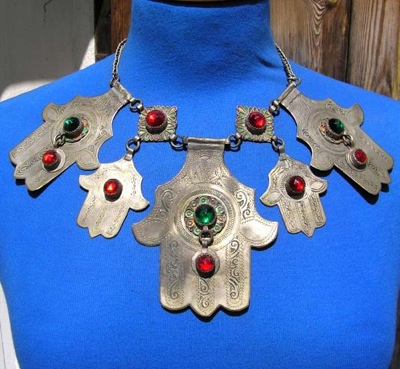Morocco Tour, Trade Bead & Moroccan Jewelry Treasure Hunting, Your Morocco Travel Guide
Excitement awaits you on a Trade Bead & Moroccan Jewelry Treasure Hunting Tour Hosted by Travel Exploration and North African Jewelry Expert, Sarah Corbett. Come join us on a Morocco Tour Adventure that covers the Imperial City of Marrakech, the seaside artist colony of Essaouira and Southern Morocco’s hotspots: Tiznit, Taradount, Agdz, Zagora and Ouarzazate for bead making and treasure hunting for best antique amber and Berber silver jewelry in all of Morocco.
Travel Exploration specializes in tailor-made Morocco Tours with a distinctly authentic Moroccan flavor. Travel Exploration. Morocco provides unique itineraries that offer an unparalleled diversity of travel and terrain through a people that are naturally hospitable, warm and friendly. You can count on Travel Exploration’s benefits of an Anglo-Moroccan partnership as you depart on a Trade Bead & Moroccan Jewelry Treasure Hunting Tour. This Morocco Tour is an exclusive of Travel Exploration and created by Director, Alecia Cohen & North African Jewelry Expert, Sarah Corbett.








